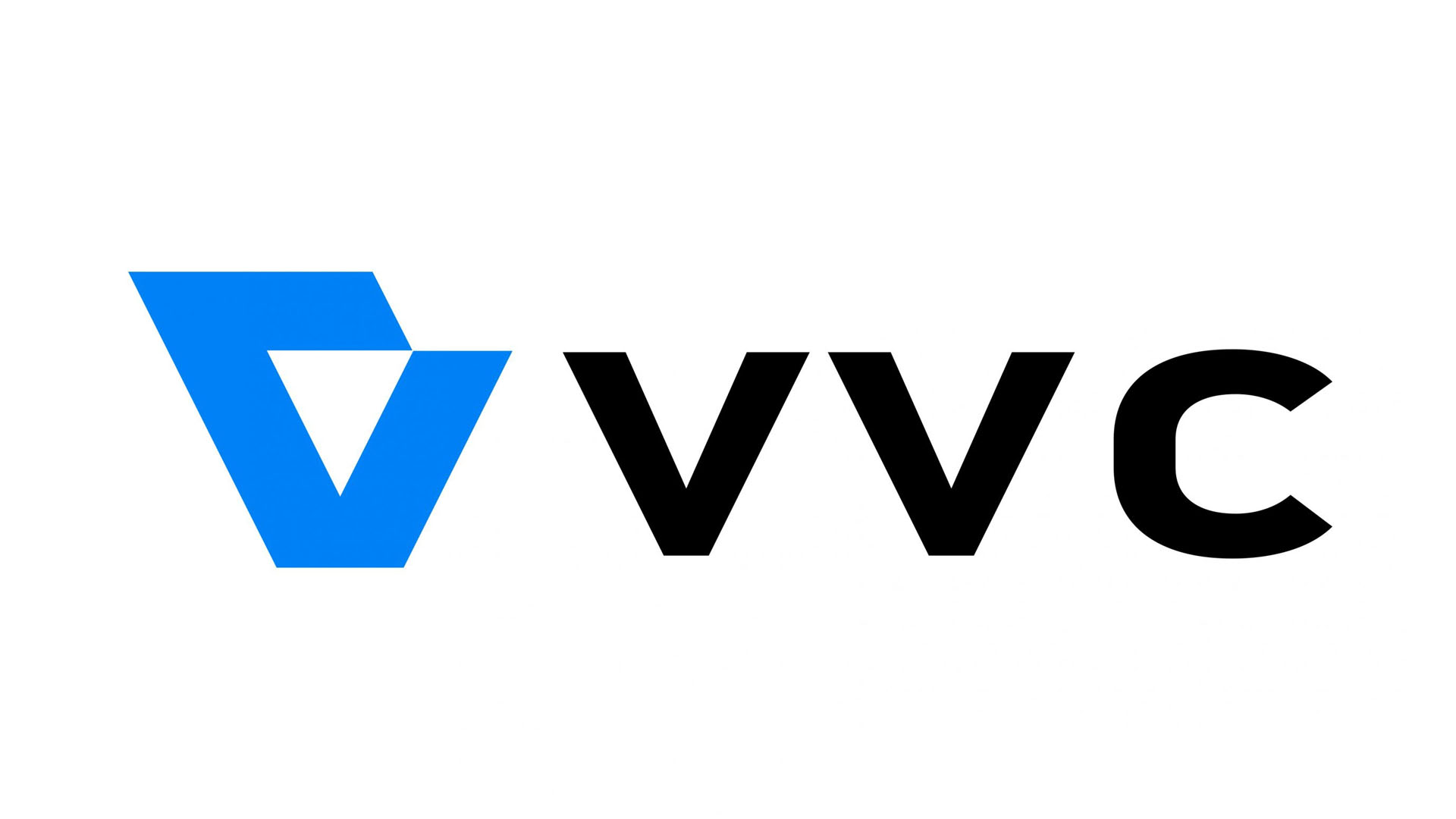
There is a new encoding format from the creators of H.264, H.265, and MP3 that aims to cut the size of 4K and 8K video in half.

Dubbed H.266 VCC (Versatile Video Coding), and created by Fraunhofer in conjunction with several major companies, this new codec should debut later this year, and give content creators high quality video without the accompanying size.
With the rise of 6K and 8K video, plus the widespread use of 4K video, the need for a new codec that preserves quality, but doesn't take up space, became apparent. The team at Fraunhofer says the H.266 VCC codec will take up half the space compared to H.265. It was developed with Apple, Microsoft, Intel, Sony, Qualcomm, Huawei, and Ericsson.
Another major benefit of the H.266 VCC codec is streaming; around the world, people enjoy Netflix, Disney+, Hulu, YouTube, and others. The amount of bandwidth required is immense, since the need to preserve the image and sound is most important. Add in 4K and HDR, and things get even trickier when delivering content online. This codec will help alleviate bandwidth issues for the major streamers and Internet providers.
Backing up to the post-production side of things, more and more movies and TV shows are being filmed in 6K and 8K, and sometimes with HDR. It's important that the system editing this content is up to the task, including CPU, GPU, RAM, and hard drive space. But having a format like H.266 VCC helps cut down on the size while preserving quality, making it easier on the system while editing. Supported formats start with 480p, and will include High Definition and Ultra HD.
The H.266 VCC codec should arrive by the fall, and will be licensed to the Media Coding Industry Forum. However, there are still some things that need to be worked out, including the chips needed to playback the video, and a software standard still needs to be developed. But in the coming years, it's safe to say the H.266 VCC codec will be the standard format for content creation and delivery.
Hat tip: Engadet
Tags: Production


Comments